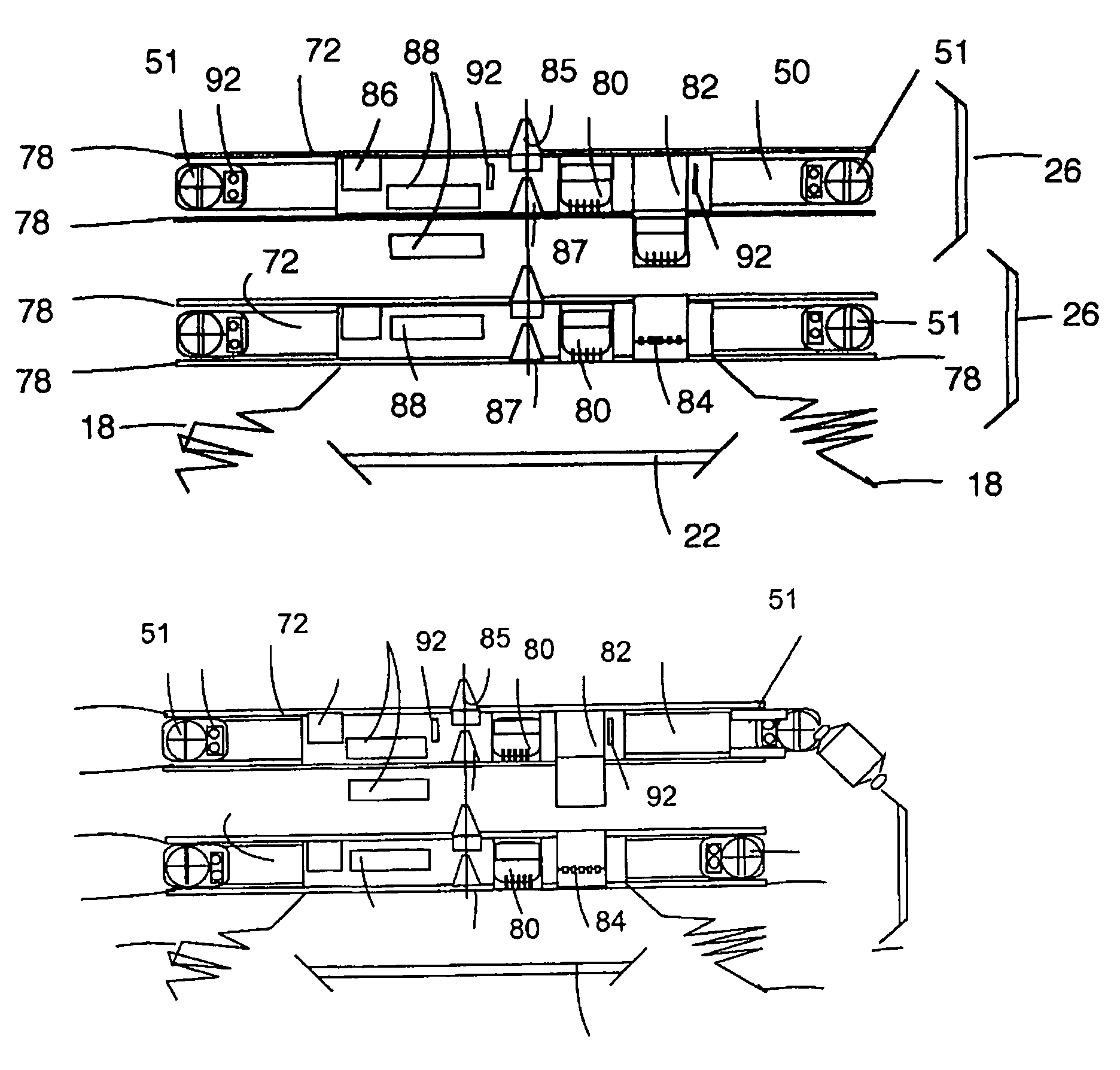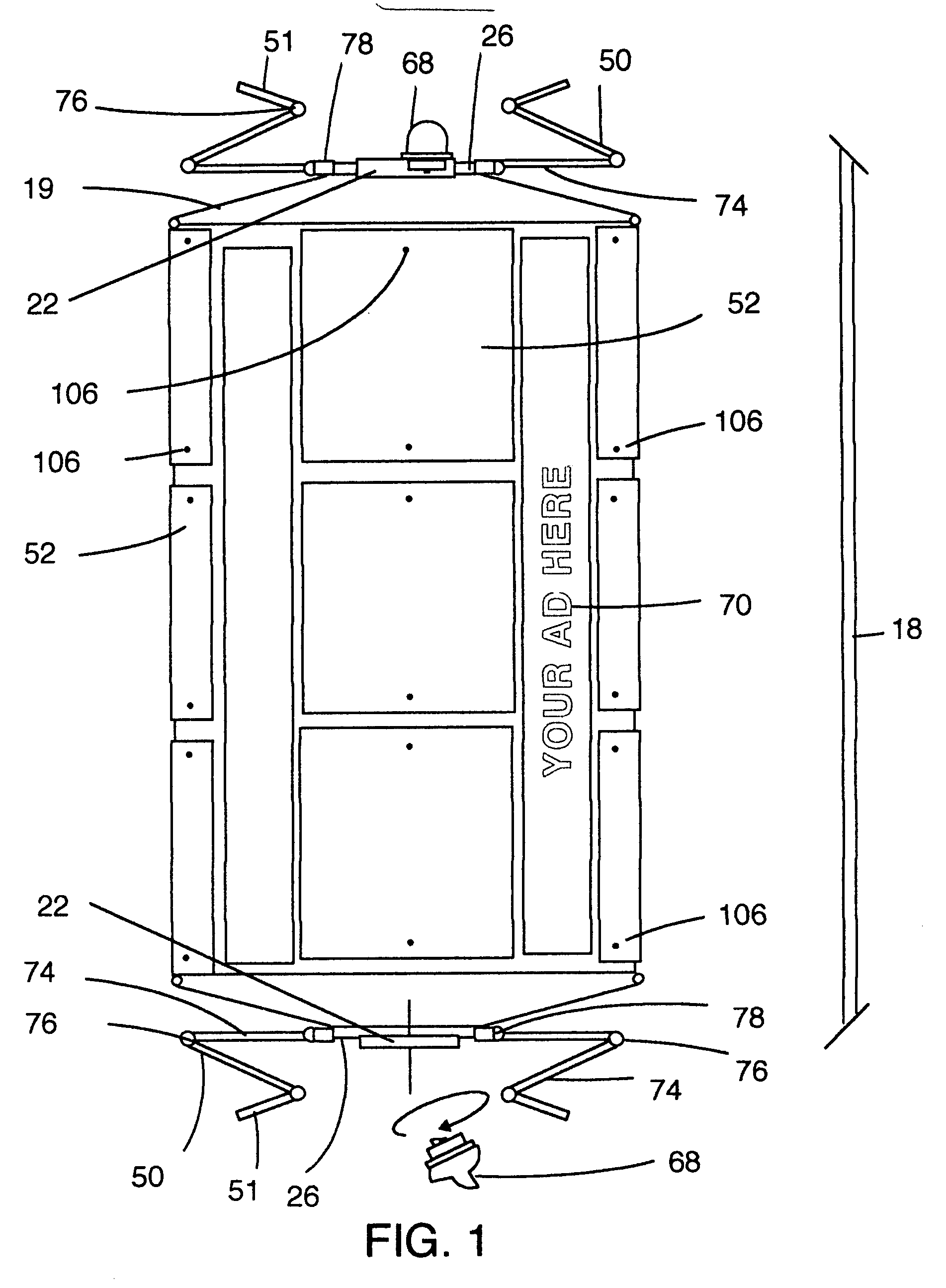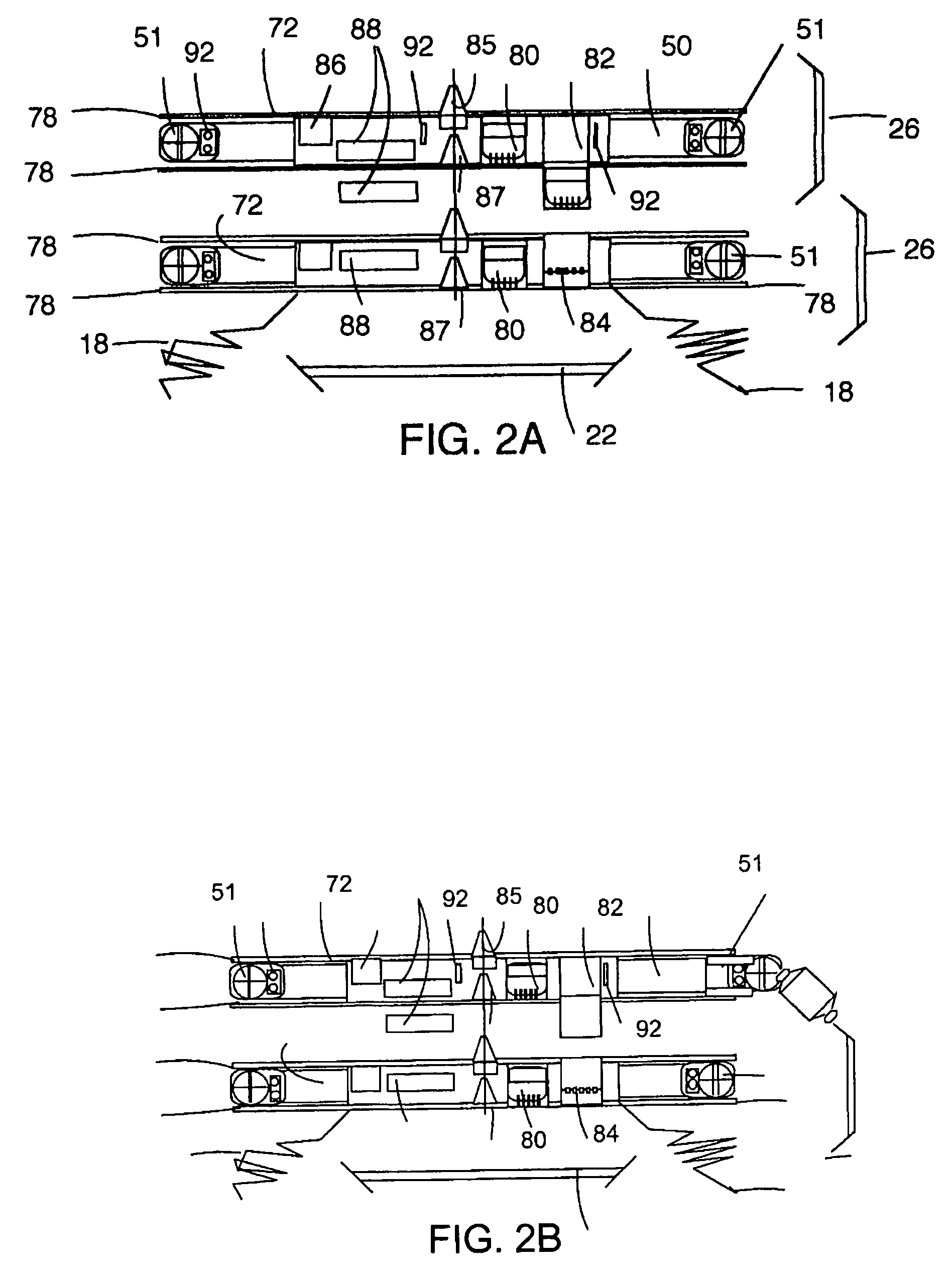The transportation of cargo to space and maintaining a platform in orbit is expensive.
Cost is the problem.
The cost creates a barrier to commercial development of space and the investment of private capital in technically viable ventures.
The
aerospace industry uses cost estimating techniques based primarily on weight and previous cost experience, so part of the problem is the “built-in” incentive to deliver larger heavier hardware of increasing cost, so the fees based on a percentage are increased.
The current result is an $85 billion International Space
Station that the potential commercial customers and most member nations are finding too expensive to maintain an adequate
crew and use as a research facility.
Current government attempts to address the cost of space transportation, for example, have resulted in over $5 billion in failed government programs dating back to the National
Aerospace Plane that have spent money with little progress toward solutions to the problem of cost.
The problem is the cost of the individual operations required to transport cargo to orbit, do business and return some productive result.
After over 50 years of
aerospace development experience, the orbital commercial environment is still expensive.
Previous attempts to satisfy commercial users of microgravity, the view from space, high vacuum, large temperature change and the other attributes of space have been expensive.
This was not enough to stimulate significant commercial experiment flow to establish follow-on industries.
The transfer of
mass across a separation plane is far more complicated and expensive than it needs to be.
The orbital assist module
propellant comprises liquids such as hydrazine and it is difficult to
handle liquid rather than eliminate liquid in all forms.
The '797 patent device is complicated and expensive.
Labor in orbit is 1,000 to 1 times more expensive than on the surface for the portions of this device that cannot be automatic and must be performed in a microgravity vacuum.
Without gravity, typical construction techniques in one gravity do not work in microgravity and vacuum.
The '797 patent device offers only a large up-front cost, transportation on an expensive vehicle and no phased build up to soften the
financial impact of the project or allow the revenue flow to be used in later financial support of the project.
The extra
metal required to react to the launch loads encountered and provide a maximum pressurized volume in a 3 gravity launch load vehicle adds significant weight.
The '979 patent is an attempt to start a habitation volume in orbit, but uses
metal and it is heavy.
The manned
metal module pressure boundary in the Spacelab Module is limited to fifty days on orbit by design and has limited
impact protection.
The removal of the module from the
space shuttle is complicated in orbit, not a part of '979 patent device and the Spacelab Module requires the Environmental Control
Life Support (ECLS) Systems from the
orbiter.
The solution is expensive partly, because it is designed to be manned.
One gravity thinking common to the earth's surface and typical of humans evolved in a one gravity environment is easy to transfer to low or microgravity of space in the form of scaffolding, but this type of thinking seems to have limited value in space.
In orbit certain
gravity gradient forces exist within long structures in microgravity space and these small forces degrade the pure quality of the microgravity by adding extra
gravity gradient force, which induce forces in a commercial quality microgravity that are not wanted.
Rigidity is counterproductive in a 3-gravity launch environment.
Building bigger, more centralized facilities is expensive and distributed de-centralized facilities are the norm in surface based commercial operations.
This manned structure was estimated to cost $3 billion in the mid 1980's, but was thought by NASA to potentially compete with ISS and failed to get built.
While the '325 patent device had metal to
resist the launch loads in the launch configuration, it was one or two orders of magnitude more expensive than required.
Max Faget's $3 billion manned concept would have eliminated the present space
station and the next NASA step, which means it had little chance politically and the
initial cost was difficult to raise from private sources, partly because it was not phased to take
advantage of the customer revenue flow.
U.S. Pat. No. 5,511,748, to Scott, entitled “METHOD OF EXTENDING THE USEFUL LIFE OF A SPACE
SATELLITE,” continues the dream of
satellite servicing for most of traditional
aerospace and NASA, but it fails to address the major stumbling block with the
satellite manufacturers.
The major stumbling block is no
satellite manufacturer or financier will build a space serviceable satellite, until a satellite servicing industry exists.
The composite materials in the '417 patent device do not appear appropriate for microgravity, vacuum and
impact uses.
The composite
layers contain metal flakes, which may result in significant weight.
These composite materials do not appear appropriate for microgravity, vacuum and
impact uses; however the material does have limited
radiation protection.
This solution is in the range of $150 m to $300 m per salvaged item and could offer two orders of magnitude of cost reduction for manned volumes in orbit, but the concept is too large of a change from normal practice to permit private financing and too economical to attract government contractor or government interest.
TransHab was a NASA attempt to change the government / industry mindset, for example, and not successful.
The '632 patent device is an attempt to develop the habitation volume in orbit from existing materials, but the ET is metal, labor intensive and it is heavy.
Altering the external tank before launch in any way requires a re-certification of the external tank, which is very expensive.
 Login to View More
Login to View More  Login to View More
Login to View More 


